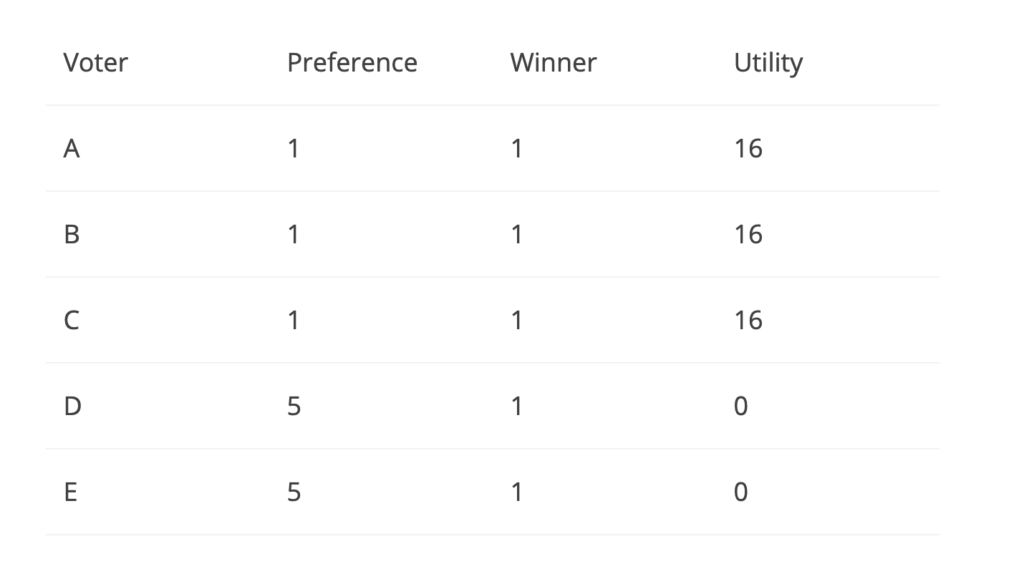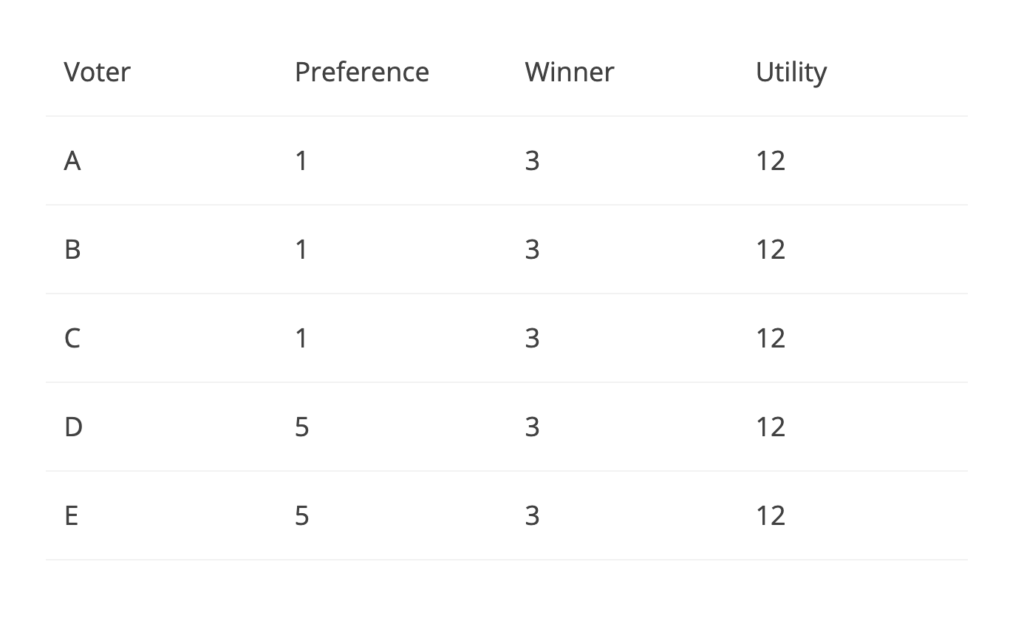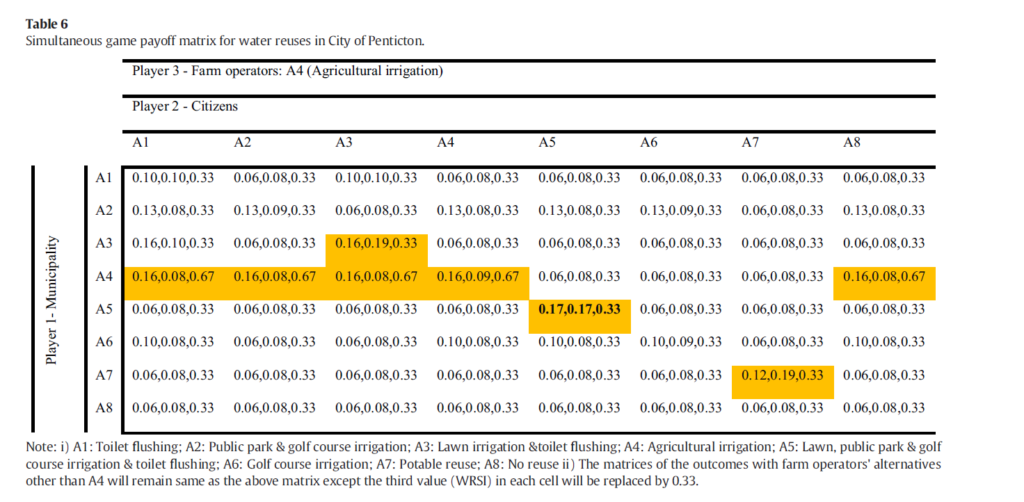The tragedy of the commons was a term popularized by Garrett Hardin that illustrated how a group of dependent actors could end up destroying the resources they’d all relied upon due to being driven by their own self-interest. As potential solutions to the issue of resource depletion, Hardin proposes systems of governance or privatization. While human beings have the outstanding capacity for negotiation, social conventions and moral frameworks to potentially curb such tragedies, evolutionary biologists have come to question how non-human organisms would go about doing the same. Consequently, researchers have attempted to apply the tragedy of the commons to a vast array of biological systems to discover the various different mechanisms in play, such as kinship, policing and more.
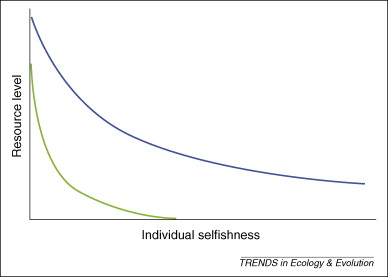
In Hardin’s paper, he describes a situation where herders would share a plot of land to graze their cattle. While they have the option to graze smaller amounts to sustain their respective cattle for a lifetime, their self-driven interests cause each player to add more cattle to their herd, ultimately resulting in the depletion of land and a losing situation for everyone. This occurs since there is a clear monetary incentive for each individual herder while the losses in environmental stability are felt system wide. These behaviours have been consistently replicated in studies using various natural resources such as marine goods, clean air and more. The wisdom gained from these studies has generally pointed towards some form of negotiation or repercussions on noncompliant actors being needed to prevent a tragedy from occurring. For example, taxing parties that pollute excessively to help prevent ecological waste.
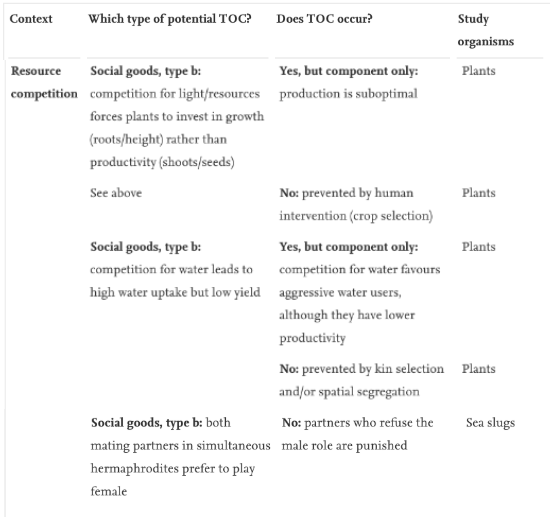
Obviously, these intricate solutions cannot be applied to non-human organisms. In spite of various organisms’ lack of cognitive abilities, however, evolutionary biologists have found mechanisms that they’ll use to circumvent tragedies. For example, kin selection is used by plants in competition for water sources to prevent resource depletion. Additionally, chimpanzees will use dominance-based monopolization strategies along with social tolerance. Punishment is a strategy employed by sea slugs to ensure male slugs are an available resource for reproduction. Non-human organisms have plenty of strategies to employ to avoid a losing situation.
The tragedy of the commons clearly showcases how simply acting in one’s own self-interest can produce heavily negative outcomes in the long run. While it might seem that organisms should be quite susceptible to this tragedy given their self-interested nature and lack of cognitive faculties, it is interesting to see the mechanisms in play to prove the contrary. One should note that it would be impossible to record organisms that have suffered due to the tragedy as those would no longer exist.
I found this to be an engaging topic of inquiry as the tragedy of the commons has also been conveyed by the Prisoner’s Dilemma that we discussed in lecture. Due to the respective prisoners’ self-interests, both parties end up confessing and face the most possible time in jail as a result. It was interesting to see how evolutionary biologists utilize game theory to develop working models and use them to answer questions regarding evolutionary behaviour.
Relevant Links:
The Tragedy of the Commons in Evolutionary Biology
https://www.sciencedirect.com/science/article/pii/S0169534707002741#tbl1
Koomen, R., & Herrmann, E. (2018). Chimpanzees overcome the tragedy of the commons with dominance. Scientific Reports, 8(1). doi: 10.1038/s41598-018-28416-8
Chimpanzees Overcome the Tragedy of the Commons with Dominance
https://www.nature.com/articles/s41598-018-28416-8#Sec18
Rankin, D. J., Bargum, K., & Kokko, H. (2007). The tragedy of the commons in evolutionary biology. Trends in Ecology & Evolution, 22(12), 643–651. doi: 10.1016/j.tree.2007.07.009

